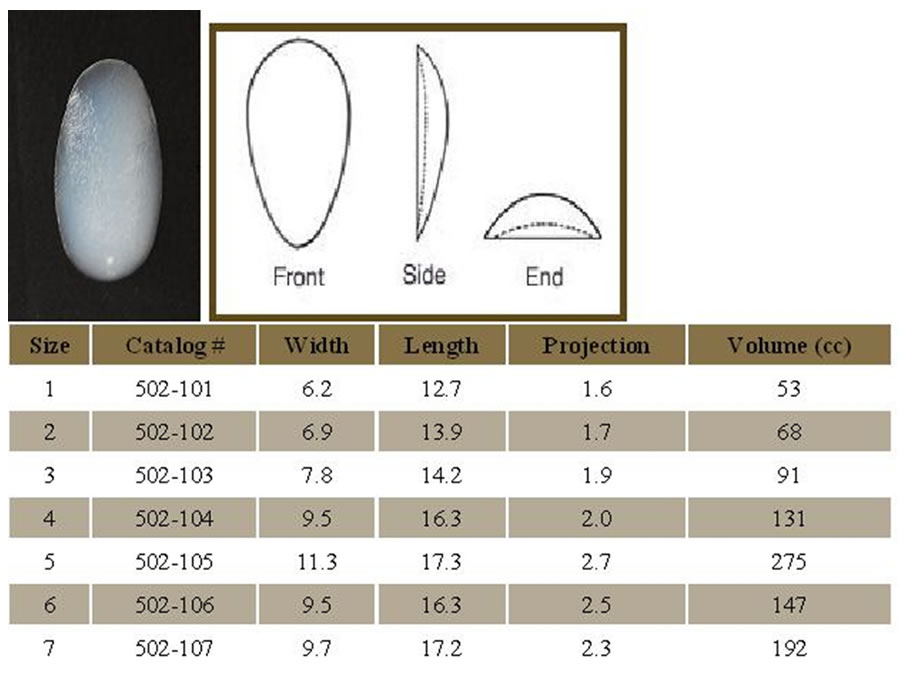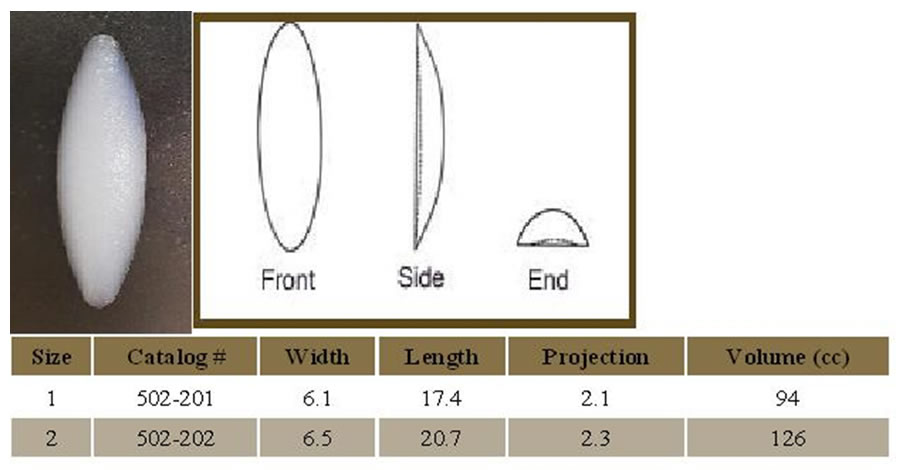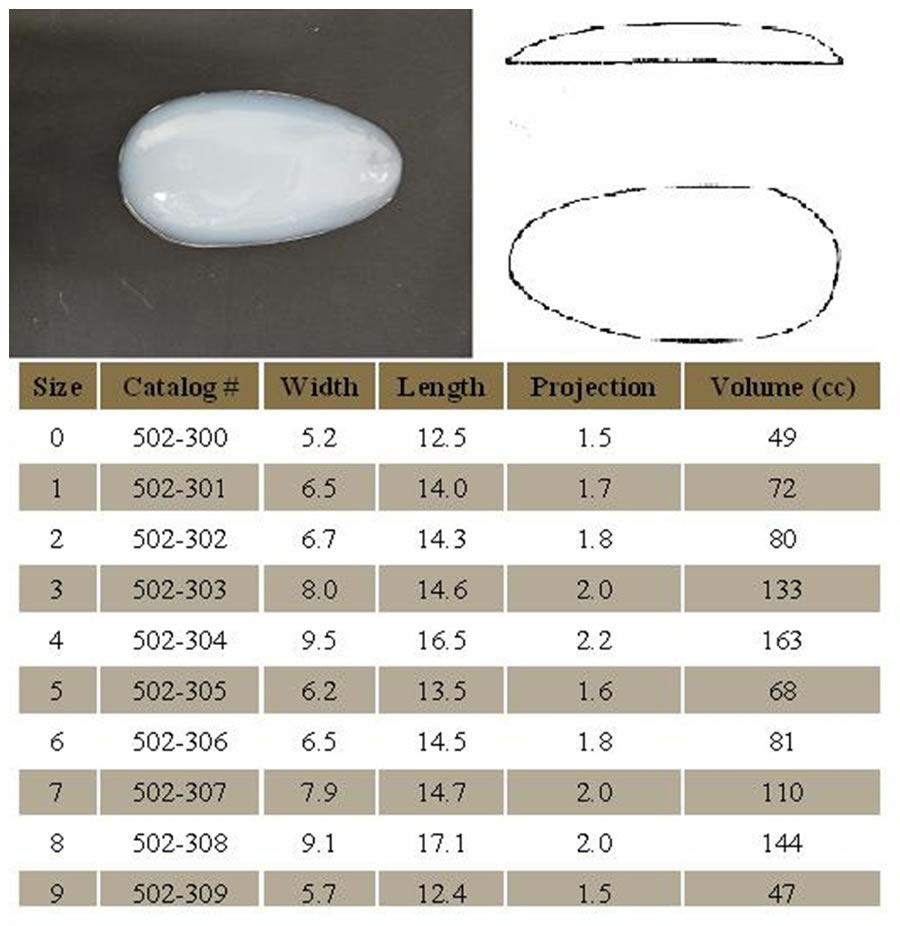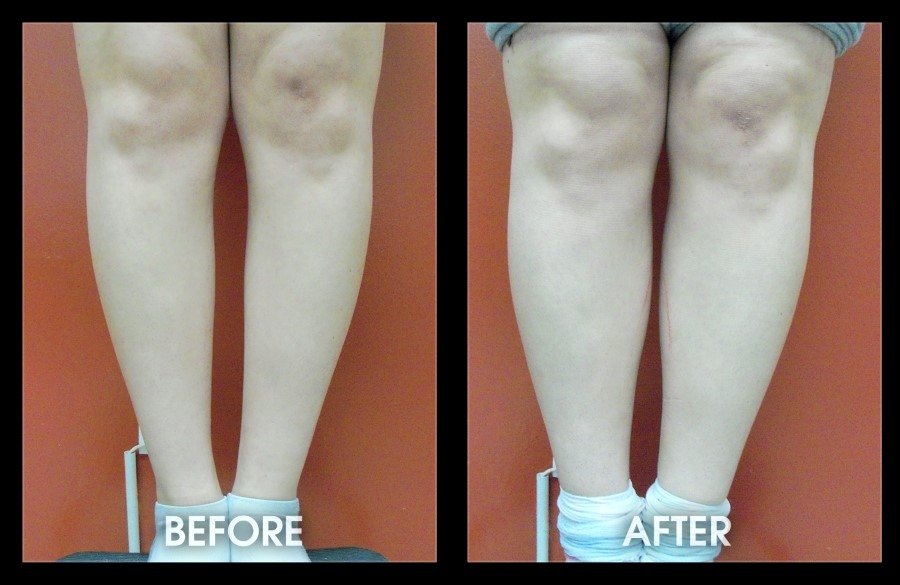CALF IMPLANTS for SKINNY LEGS
Everything you need to know about Calf Implants and Plastic Surgery for Skinny Legs

Plastic Surgery for Skinny Legs
Hello gentlemen, whether we like it or not a lot of men by default (genes) have skinny legs. There are certain medical disorders that can be part of the cause, however, this page is not about medical conditions nor increasing carbs and volume training to help compensate for skinny legs.
We frequently get asked about “plastic surgery for skinny legs” or “calf implants for skinny legs”. That is what this page is about, a surgical Calf Implant can help your legs look thicker. No, it is not the whole leg, however, the “calves” do play a significant role in the overall appearance. It is also one of the most difficult areas to build muscle on.
Chugay Cosmetic has performed this procedure for both men and women dozens of times, in fact, we wrote a book about it called Body Sculpting with Silicone Implants.
View our Before and After Calf Implant Gallery.
CALF IMPLANT PROCEDURE
A cut is made on the posterior aspect of the leg, horizontally in the posterior knee fold. A pocket is made between the lining of the muscle and the calf muscle itself with blunt instruments to minimize bleeding and unnecessary pain post-operatively. The implant is then placed in the pocket. The muscle lining is sutured with absorbable sutures and subcuticular sutures are used to close the skin. Over time, the implant becomes surrounded by a scar tissue pocket, where it stays for the rest of the person’s life.
INDICATIONS
Calf augmentation was originally designed to fill defects left following oncologic surgery, after trauma or infection, or due to genetic abnormalities. There are many causes for unilateral or bilateral calf deformities and they include but are not limited to the following: 1. Congenital hypoplasia due to agenesis of a calf muscle or adipose tissue reduction; 2. As a sequelae of clubfoot (talipes equinovarus), cerebral palsy, polio, and spina bifida; 3. Due to poliomyelitis or osteomyelitis; 4. Following fractures of the femur and as a result of burn contractures. While calf implants do not improve function of the affected extremity, patients are pleased with the improved aesthetic appearance of the leg after implantation.
LIMITATIONS
Some authors have noted that calf prostheses have the disadvantages of being unable to adequately correct ankle deformities, having a risk of displacement, having a risk of capsular contracture, and potentially having problems with extrusion. While we do agree that calf augmentation does not correct ankle deformities, we feel that this can be addressed with judicious fat grafting to the ankle region via small stab incisions at the medial and lateral malleoli.
THE CONSULTATION / IMPLANT SELECTION
Based on the patient’s existing anatomy and desires, the surgeon will find an implant suited to that patient.
AVAILABLE IMPLANTS
Style I
Style II
Style III
CONCLUSION
Calf augmentation with silicone implants is a procedure that can nicely enhance the physique in a reliable fashion. The overall satisfaction rate is excellent as long as care is taken to ensure several things: choosing the right implant to meet the patient’s expectations; meticulous attention to dissection of the pocket to minimize implant migration; and layered closure to minimize hypertrophic scarring.





